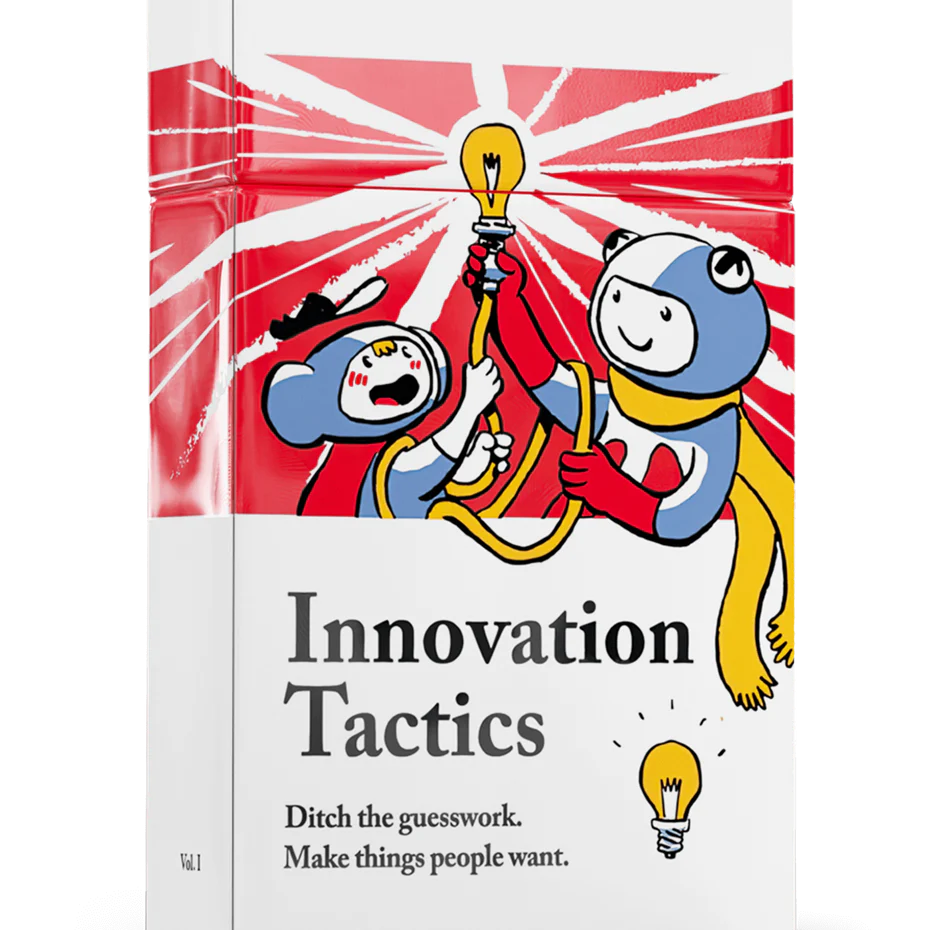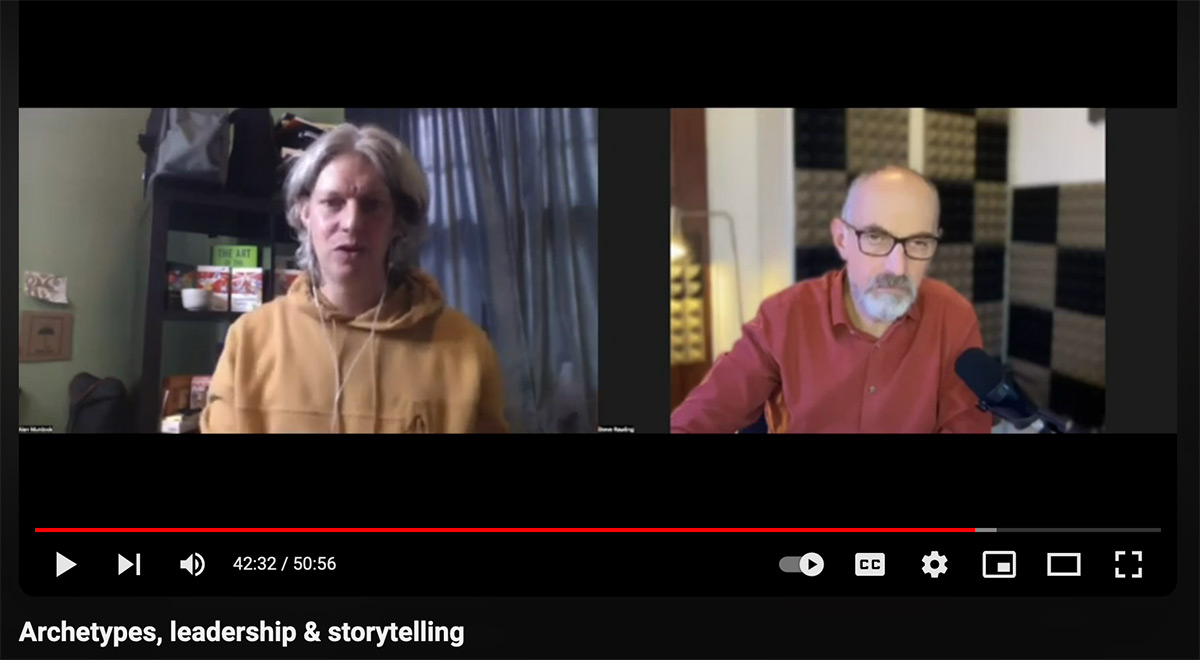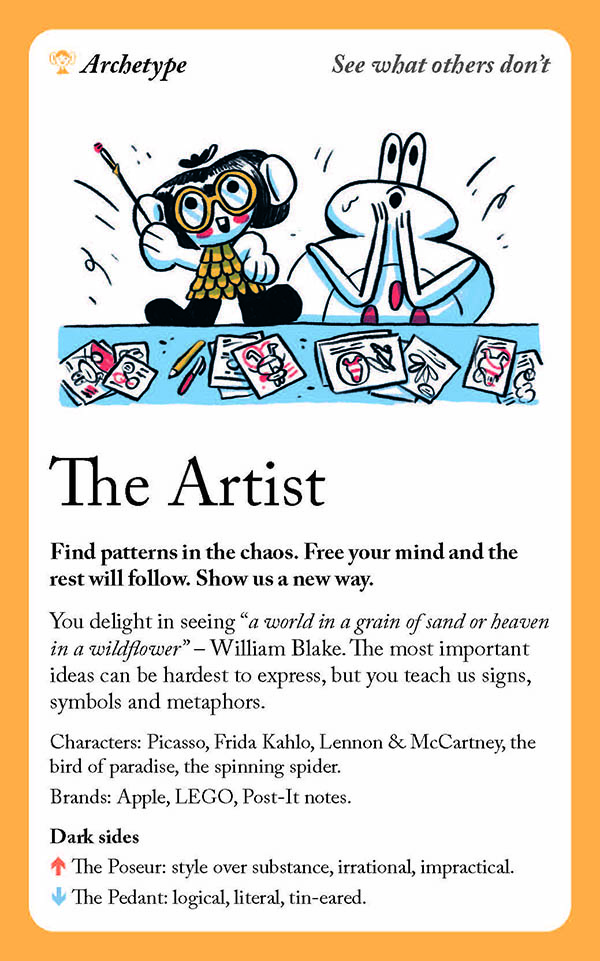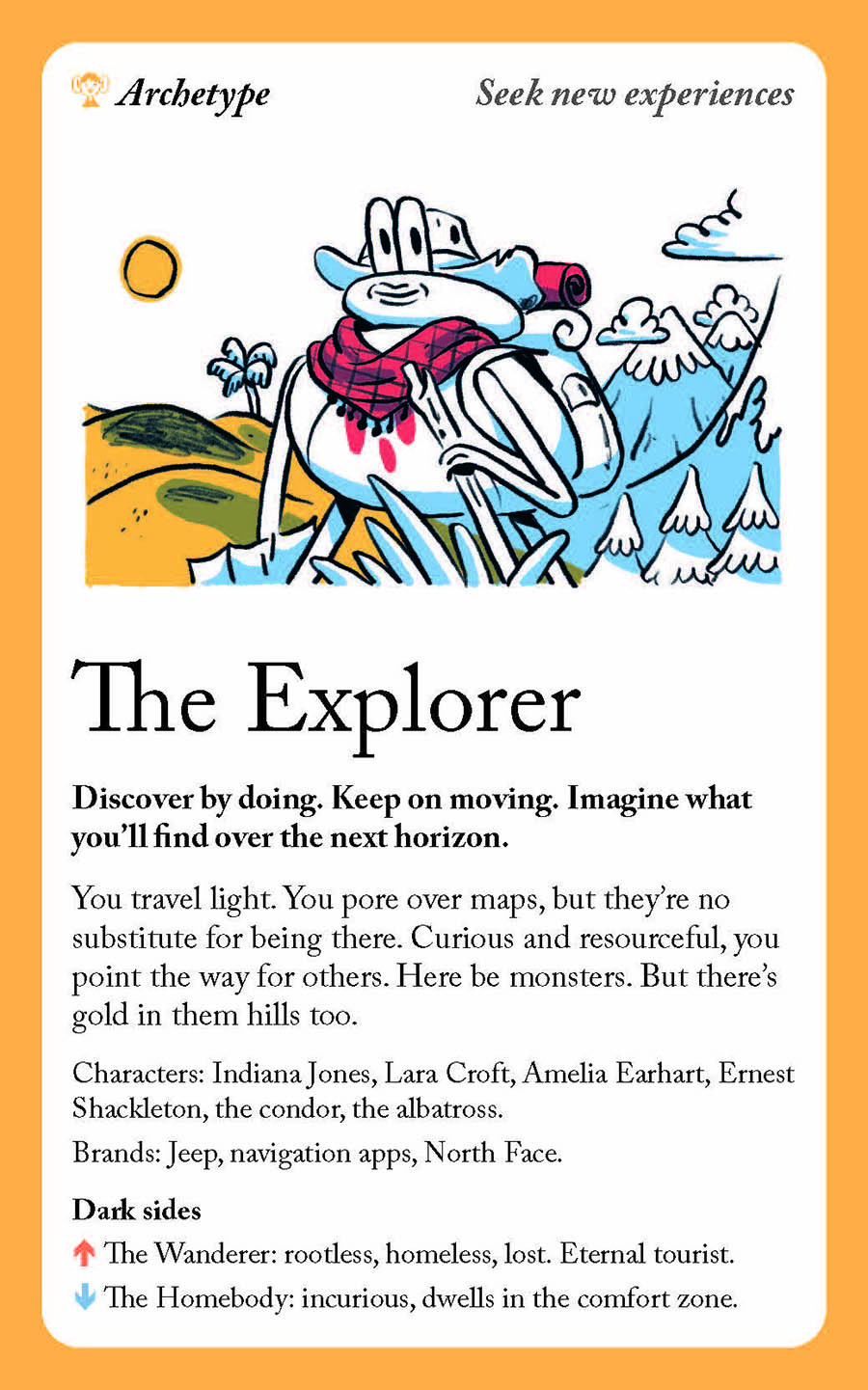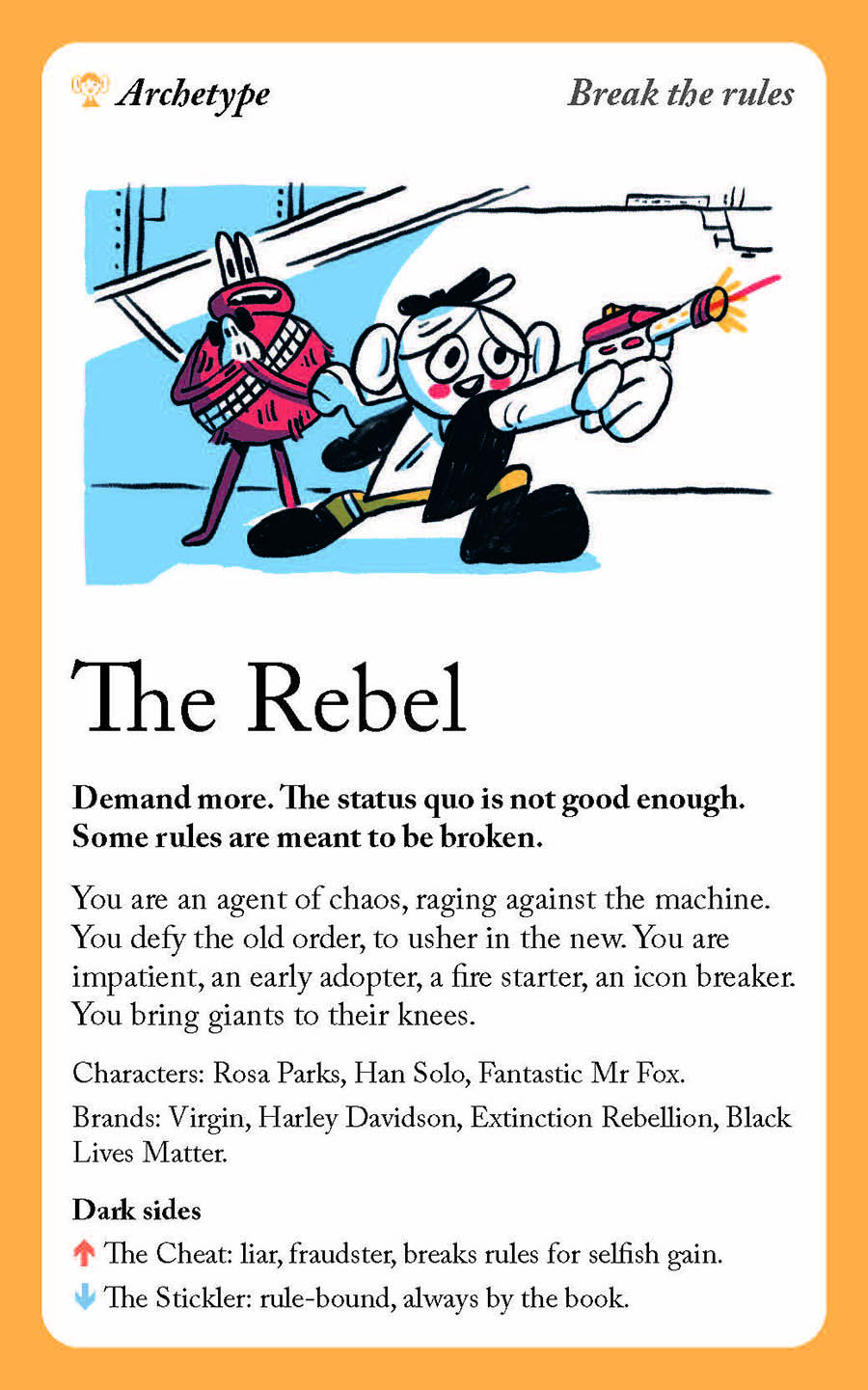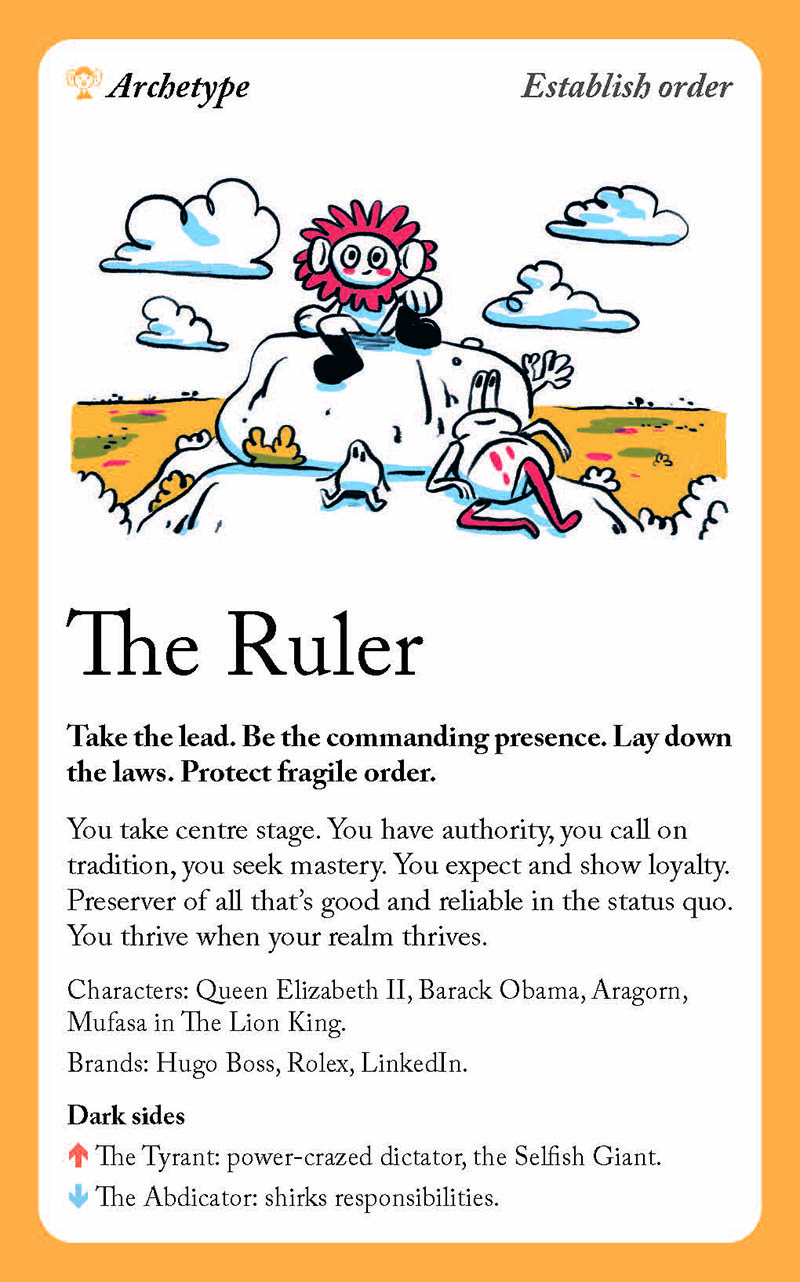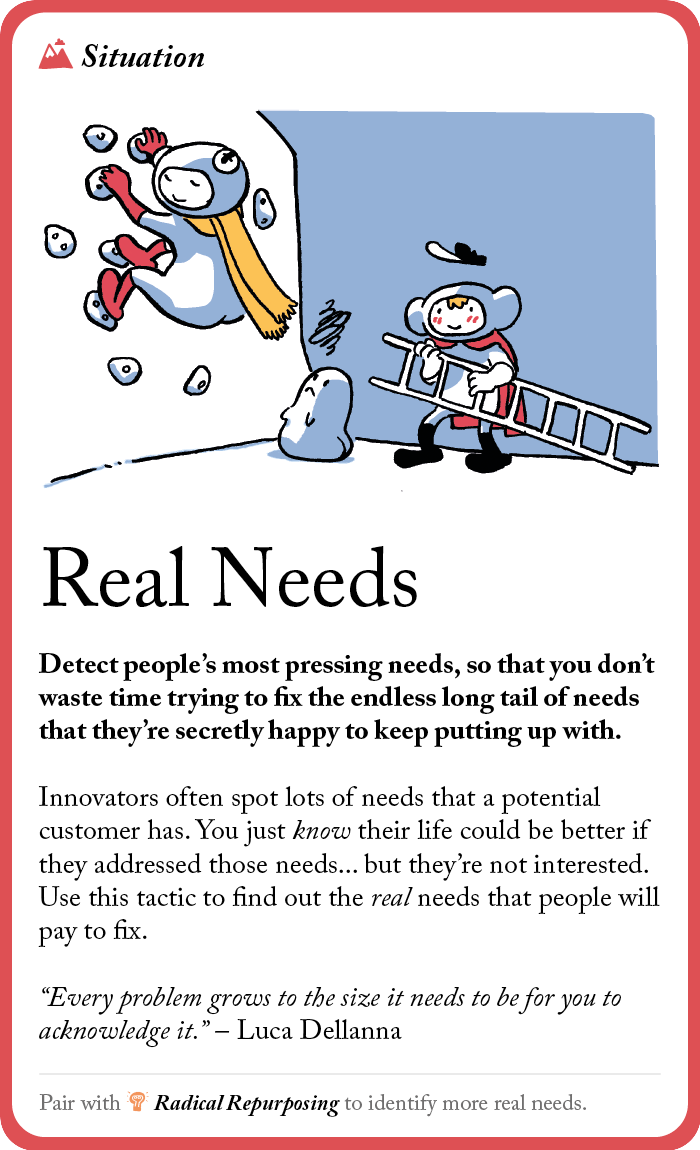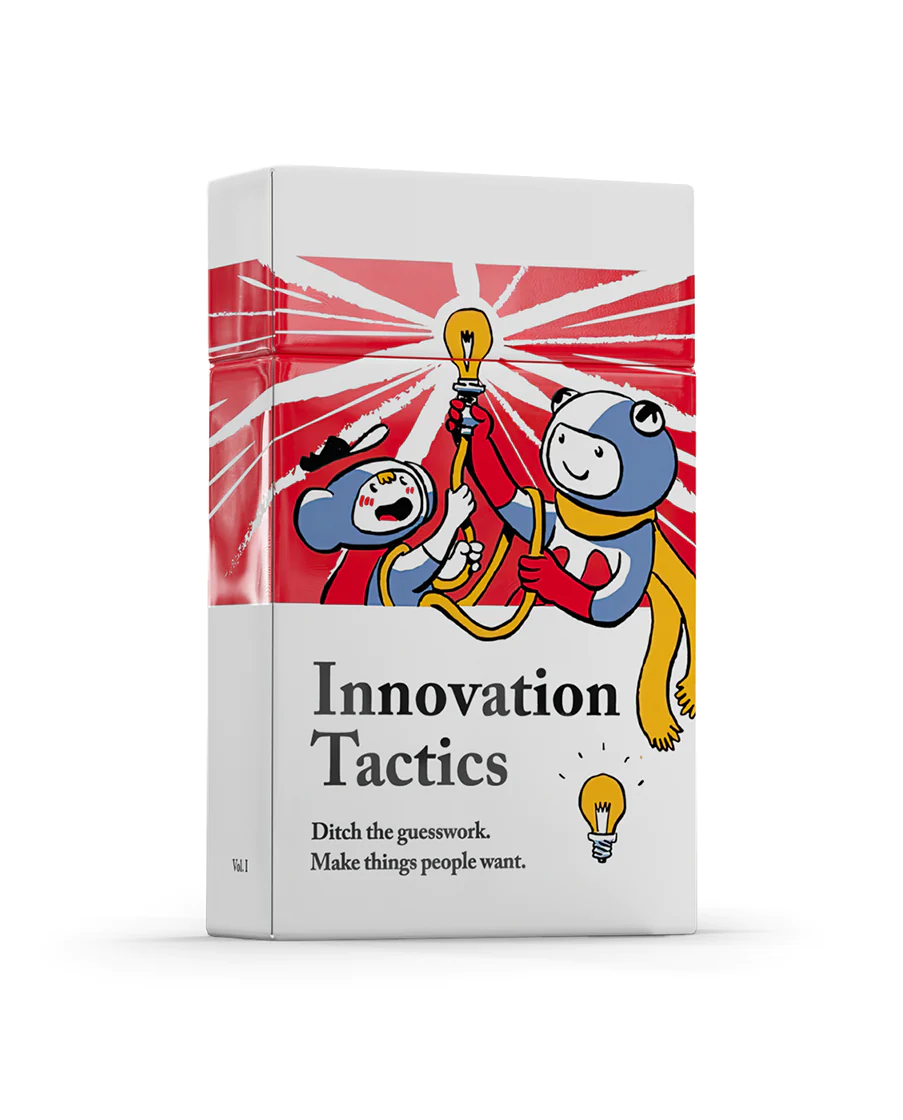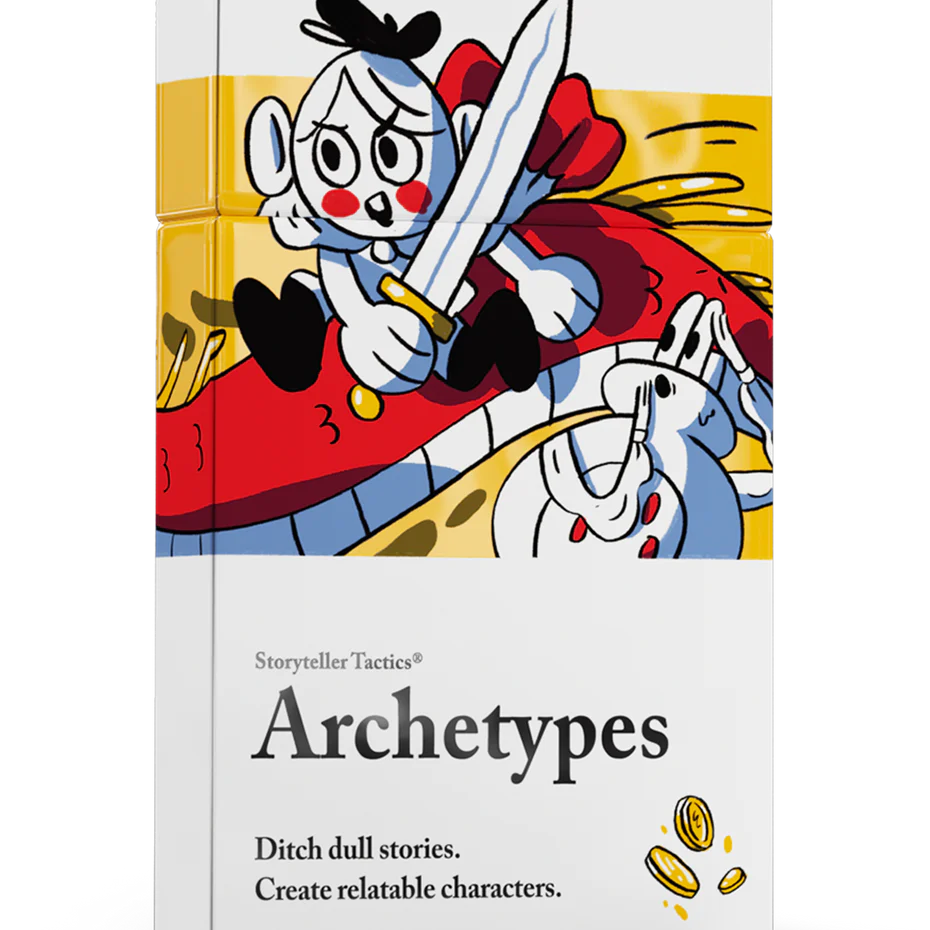Can Archetypes improve innovation?
Diversify your approach to innovation with Pip Decks Archetypes
The Pip Decks Innovation Tactics cards address an interesting challenge: human beings like to figure things out, solve problems, and create new ideas, products, and services. Together, we describe these activities as “innovation,” but what innovation truly is, and how we make innovation repeatable are questions whose answers are difficult to pin down. Further, given today’s innovation practices commonly used in corporations and startups alike, we ask the question, can archetypes improve innovation?
The approach to working with these questions and objectives presented in the Innovation Tactics deck is committed to process. Each phase of innovation is broken down into the scope of inquiry you need to progress, the questions you can ask, the inquiries and investigations you can employ, and the journey you can take on the path to something different that you can describe as an innovation.
But innovation, like User Experience, often faces a bias that is hard to overcome. It’s easy to begin thinking of the person who will use our innovation as a singular profile. “My customer wants to access money, so a system of cash advance automatic tellers is obviously what they need.” But wait. Maybe they need money for business. Maybe they need a better job. Maybe they need money for tools and equipment. Could there be a better solution across a wider series of challenges people face around access to capital?
When we work out solutions, we need to test them against the vast variety of people facing the challenge and then build dynamic solutions that provide insight, choice, and a path forward that won’t get our customers stuck in a rut. But in business, to be mindful of our own requirements, it’s difficult or impossible to assess every imaginable scenario

What are archetypes and can archetypes improve innovation?
Archetypes serve as foundational models for personality types, acting as catalysts for individuals and groups alike. For instance, both Spartan race enthusiasts and sales teams may share a relentless pursuit of success, embodying the archetype of the warrior.
Join Pip Decks author Steve Rawling and Murdock Media Production Founder Alan Murdock exploring character development using the Pip Decks Storyteller Archetype cards.
Where did Archetypes come from and how can archetypes improve innovation?
To balance the relationship between a singular ideal customer and the vast array of lived experiences, innovators can apply archetypes. Carl Jung created a series of twelve main archetypes that emerge out of human drives—connection, creativity, leadership, love, and care, among others. The archetypes can be seen as a series of underlying motivators that act as intentions behind the behaviors people present to the world.
By adding archetypes to commonly created user or consumer profiles, we can test our innovations against the ways intentions can change the result for individuals that otherwise seem quite similar to one another.
Use emotional drivers to force people into the logic of a purchase… Hmm….
Let’s examine a few Innovation Tactics cards to see how archetypes can improve innovation, changing the way people engage with our innovations
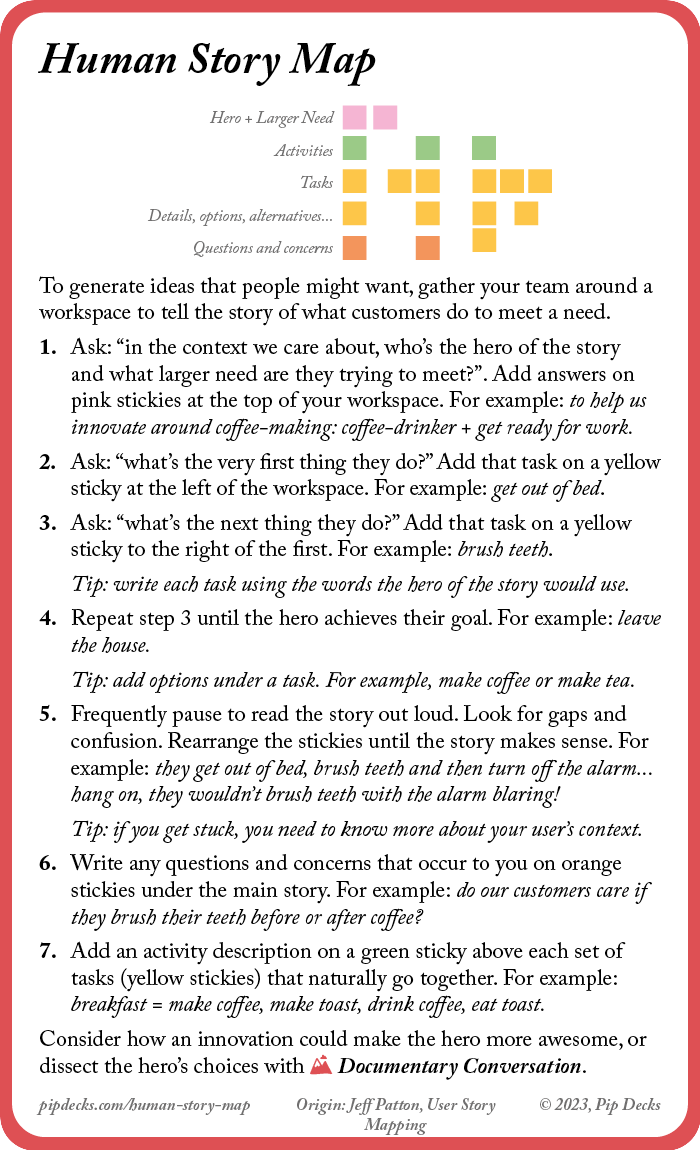
Human Story Map
This is an inquiry process that helps us paint a picture of how people currently solve the need we are hoping to address. Looking at our demand for cash, some people may go to a payday advance lender. Others might seek financing for a vehicle or equipment through a manufacturer’s financing program. Still, others could go to their bank or credit union to see what rates they can be approved for. Far fewer may begin an exhaustive search for the best rates and terms.
When we follow these journeys we can see challenges: payday loans are high interest rate, and for low paid workers, drawing cash advances can become a cyclical cost that eats into their earnings. On the other end, there can be an opportunity cost to searching high and low for the best rate. What could the person do with their time to improve their revenue if they weren’t tied up in a search for funding?
Forecasting an Innovation
So, maybe our solution is an Ai powered tool that provides financial insights, career and earning opportunities, and access to financial tools that improve the borrower’s access to capital at lower interest rates, and even retirement and saving programs to boot. An entire financial lifecycle program in the palm of our hands!
It sounds great, right? I have no doubt innovators are working on such crossovers as I type, but the more important question is, “how will users engage, and can our offer adapt to real behaviors?”
Use archetypes to see how many personality types might respond.
Are there differences that matter in how these archetypes experience your solution?
Let’s take the example of The Caregiver from the Pip Decks Archetype deck. Maybe this person uses the financing system to get funds to support others, but those funds are never repatriated. The app can’t see the needs and requirements on the receiving end of that support, so a program could encourage borrowing that is unsustainable.
Contrast that with “The Ruler” profile.
This the “Ruler” profile from the Pip Decks Archetypes deck might become an influencer, not only using your app, but gaining followers around a certain modality of financing and investing through your program. This person could also be more or less responsive to the variety of people in their circle. In some circumstances, the right leaders could help people with other drives to adapt their approach to money.
Discovering “Real Needs”
The “Real Needs” process from the Pip Decks Innovation deck allows you to examine these broad motivations to see if we are presenting something that actually supports our varied audiences.
The “rebel” archetype will try to break out of any framework you try to put them in. Is it possible to create a pathway to both normative or safe financing pathways and breakout approaches to money?
To create a diverse and ethical financing platform takes more than just a singular profile. We have to think about far more than the logical user. We need to consider the psychology and personality of individuals who live by the beat of a different drum.
Follow up with the “multiverse” card from Innovation Tactics. Each of our archetypes is viewing the world through their own lens. Do the pathways we present align with and support them based on the world as they experience it? The “multiverse” card provides a journey map that takes each of your archetypes through a best and worst scenario. How does that impact the user journey? How many potential worlds do your customers really experience?
Ready to dig deeper with the Innovation Tactics and Storyteller Tactics? Get yours, with our affiliate links, and get a 15% discount on your purchase! Just make sure our affiliate code MURDOCKMEDIAPRODUCTIONLLC in the discounts field before checkout.
Want to learn brand development?
In addition, increase your ability to create brand platforms and brand communications frameworks by taking my class: Brand Building to Create a Big Impact.
Stay Connected with Murdock Media Production!
If you like this content, subscribe to our YouTube channel for more on story archetypes, brand storytelling, and brand development.
And drop me a line with the form below to let me know how your brand building is going. I look forward to seeing how you discover your brand and go with your audience on your own unique journey.

